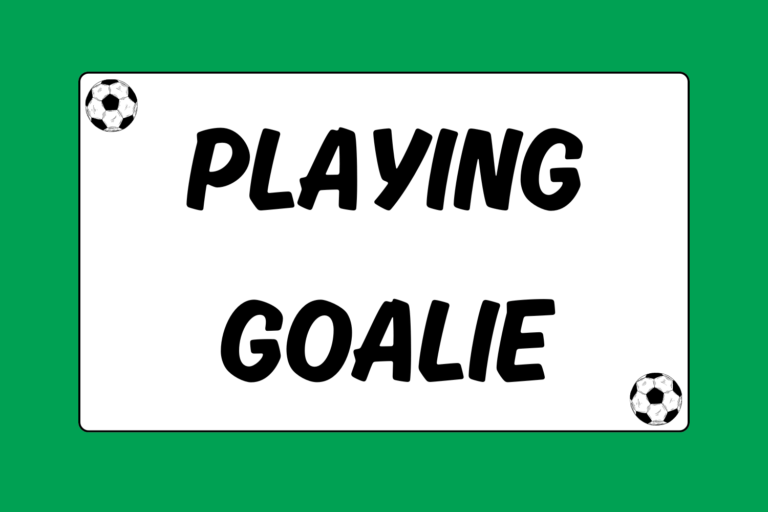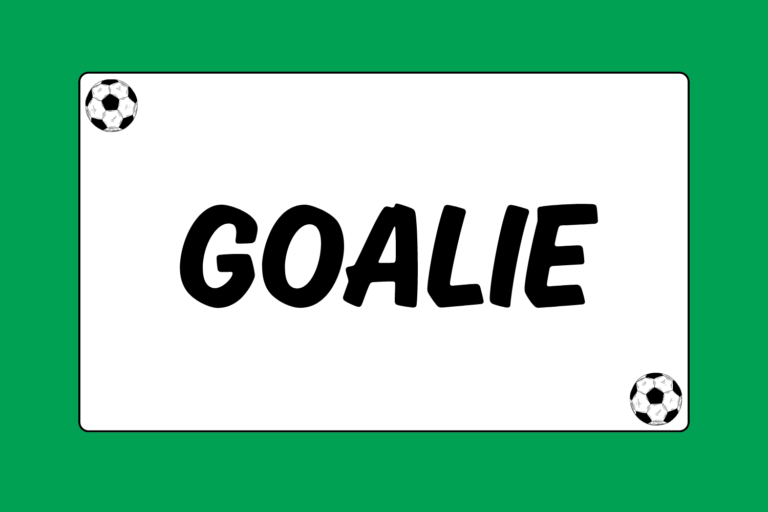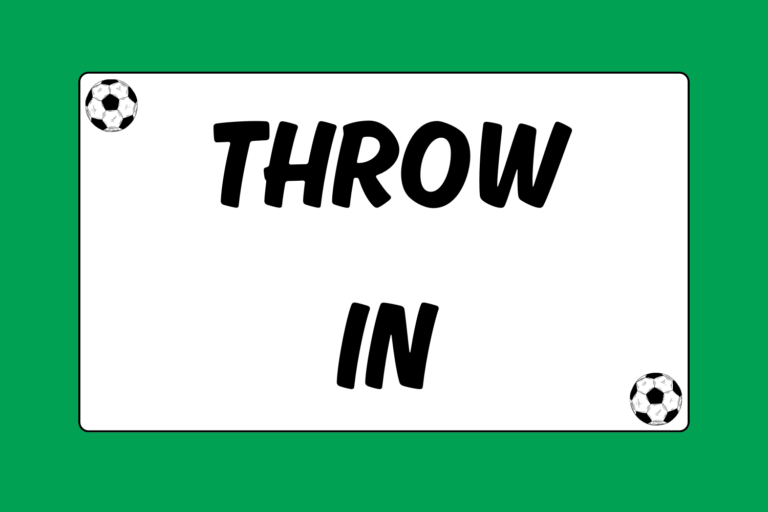Shooting the ball is one of the fundamental elements that round out the model of a complete soccer player. Shooting is not restricted to any one position, and it is a skill that every accomplished player should strive to master. Although most shots are taken by forwards, it is essential that midfielders, defenders and even goalkeepers learn shooting techniques just in case an opportunity to score arises. Below are the basic skills and technical aspects that you should take under consideration when trying to master the art of the shot.
Create Space for Yourself
You may have the best shot in the world, but if you can’t get yourself into a position where an open strike presents itself, your skill will go wholly untested. That’s why before you consider taking a shot, you need to create the space on the field where the opportunity to take a shot will materialize. This is done by dribbling with your head up, and being aware of the opposing players and teammates around you. Despite your natural desire to rip the ball into the net, a shot may not be available to you. Always remember that taking bad shots is your best way to earn a one way ticket from the pitch to the bench. Be smart, be aware, and when the shot opens up, don’t hesitate … take it.
Balance Your Body
Before you even think about shooting the ball, make sure that your center of gravity is as balanced as possible. This is done by squaring your shoulders and ensuring that your weight is not dramatically favored on either leg. The placement of your non-shooting foot is also essential to your ability to strike the ball. When taking a free kick, players often count out their steps to ensure that their non-shooting foot is optimally placed. While there is no set position for your non-shooting foot, there is an optimal position for you. By practicing and finding out what works best for you, you can prepare yourself to mimic the foot placement you’ll need to perform in the blink of an eye during a match.
Lean Over the Ball
When taking a shot, it is important to lean over the ball. There are two primary reasons for this:
- Leaning over the ball will narrow your point of gravity allowing you to deliver more force on the ball.
- Leaning over the ball will keep your shot from lofting high in the air above the goal. Often times, defenders will do the opposite and lean back so that they can get elevation on their clearance, but in the case of shooting it is almost always advisable to lean over the ball.
Fully Extend your Leg
When taking a shot, it is important to fully extend your leg to maximize the amount of power you deliver. It will also give you better accuracy by maintaining proper form.
Strike the Ball with your Laces
When taking a shot, it is important that you strike the ball with the proper part of your foot. With the exception of other advanced shooting techniques (chips, ball spin etc.), you almost always want to strike the ball with the laces of the cleat. Some new cleats have flaps that cover the laces and others have no laces at all. However, if you imagine the shoes had laces, that is the spot where you would want to strike the ball. By doing this you will maximize your accuracy and power, as you will get the full force of your foot behind the ball.
Lock your Ankle
When shooting, you also want to ensure that you lock your ankle when you strike the ball. If you fail to do this you will find that your accuracy will suffer tremendously, and you will also fail to maintain the power and force of an optimal strike.
Be Aware of Opposing Defenders
You can’t shoot unless you have the ball, and if you aren’t aware of opposing defenders you surely won’t have it for long. The reason scores are usually on the low end is because it is infinitely more difficult to get a ball past an entire defense and a goalkeeper into the net than it is to prevent this from happening. For this reason you need to be aware of where the defenders are, and take your shot only when the defense opens up. If this is not the case, it is probably best to make a pass to a teammate, keep your head in the game and wait for an opportunity to present itself.
Be Aware of the Opposing Keeper’s Position
Often times, a shot is successful because of when it is taken, rather than how it is taken. The beauty of soccer is that it doesn’t matter how the ball gets in the net – a goal is a goal. If the goalkeeper is far off the goal line, it’s worth taking a chance shot from midfield in the hope that he can’t back in time. Sometimes it works and sometimes it doesn’t, but you must always remember the mantra of the goal scorer: “You can’t score if you don’t shoot.”
Shooting from midfield when the keeper is off the goal line is not the only instance where you can use the goalie’s positioning to your advantage. If you see that he/she is resting on the balls of his feet rather than his toes, it means he/she is “flat-footed” and will have a difficult time move laterally towards an incoming shot. In this instance, you might want to strike a ball to one of the corners, where it will be difficult for the goalie to reach. Similarly, if the goalie is short, go high. If the goalie is tall, go low. The possibilities are endless. Just remember to use your head and think before you use that foot to shoot.
Shoot to Open Space
The reason goalkeepers typically wear bright-colored apparel is because it immediately draws the attention of the opposing attackers. You need to train yourself not to look where the keeper is, but where the keeper is not. By focusing on the keeper, you will, in all likelihood, shoot directly at him. It just so happens, that is exactly what the keeper wants. Try to look at the goal as a whole, as if the keeper were a part of it. The spot on the net that looks like the biggest opening … that is where you want to place your shot.
Faking a Shot
Getting the opposing defenders to think you are going to take a shot is half the battle. Often times, if the defender anticipates that you are going to shoot, he/she will leave their mark in order to quell a more immediate threat (you). This provides you with the perfect opportunity to pass the ball off to one of your better-situated teammates. Just be sure that you have enough time to make the pass, and that your teammate is onside and aware of your generous intentions.
While there are a countless ways to fake a shot, you can start by simply winding up your leg to give the impression you are going to strike. As your leg comes down on the ball, ease up and gently shift it with the outside of your shooting foot. In all likelihood, the defender in front of you will have jumped or lunged, and given you a clear shooting lane. This is assuming, of course, that you haven’t already been swarmed by additional opposing defenders.
The Balance of Power and Accuracy
There are players who can blast a ball as hard as they can and still hit the tip of a matchstick from 30 yards away. Surely, though, those players will have little need for an instructional guide such as this. For the rest of the mortal world, there is a constant battle to find the optimal level of power to ensure accuracy. Generally speaking, the harder a ball is struck, the more difficult it will be to control. For this reason, it is not always advisable to shoot as hard as humanly possible. A better rule of thumb is to gauge each situation circumstantially. Ask yourself these questions:
- How far are you from the net?
- How well is the goalkeeper positioned?
- Is there a lot of headwind blowing directly at you or behind you?
If you secure a rebound three yards from the goal line with no defenders around you, you might just want to tap it in. If you are shooting from 30 yards away, you might want to kick it as hard you can. Start by finding out what your range is in practice. That should give you the ability to determine how much force is needed when shooting during a game.
Follow Up Your Shot
Generally speaking, the odds that your shot will end up in the net are not in your favor, because there are so many factors and elements working against you. Because of this, it is essential that you follow your shot towards the goal after you have struck the ball. Tons of goals are “hawked” by opportunistic players who hover in front of the net looking for a rebound. As the shooter, you are not absolved of this responsibility. Follow your shot, look for rebounds, and you may just get lucky on a second-shot opportunity.
Goal Celebration
While you will be elated after you score a goal, think twice before you follow it with an elaborate celebration. Sure it’s fun to have a teammate shine your cleat or do a back flip after your wonder strike, but gauge the referee before you elect to do so. If at any time the referee deems your celebration to be excessive, or a deliberate taunt of the opposing team, he/she can and will give you a caution (yellow card). Goals are great, but you can’t help your team if you get sent off the field.
Take your Shot
Hopefully this guide has provided you with the necessary tools to perfect the basic elements of your shot. Once you have mastered these tactics, feel free to continue to the Advanced Shooting Guide for further instruction.






